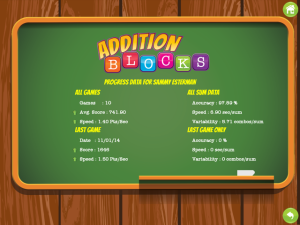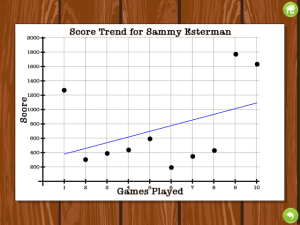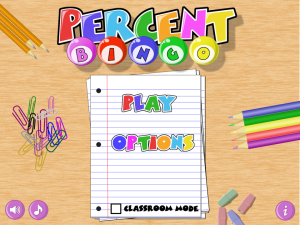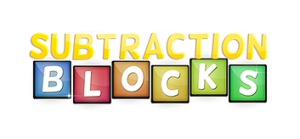Wow, I cannot believe it has been over seven months since the last post.
My WordPress install got corrupted somehow (something I did, I’m sure), and I was unable to access the admin functions…so finally after having time to backup, delete, re-install, and restore the databases, I can finally post again!
A lot of exciting development has been be going at Fluency Games:
Research Project
A local elementary school has been helping conduct a research project and beta-testing the progress reporting features of the Addition Blocks and Multiplication Blocks. The screens below show some of the data that parents and teachers will be able see when the game is used consistently.
Percent Bingo!
Percent Bingo!, the next release from Fluency Games, is under development and will be ready for the fall. Percent Bingo was the favorite game of my former students. Percent Bingo is used to develop fluency in using percents, decimals, and fractions. The game will also feature adaptive play– increasing in difficulty automatically as the student becomes fluent.
Subtraction Blocks
Subtraction Blocks (formerly named Subtraction Smash) also should be available mid-fall. This game, although similar to Addition Blocks and Multiplication Blocks, will have a much more Match-3/Candy Crush feel. The game is also under development now, and will have 5 ‘rooms’ and 15-20 different predefined levels in each ‘room’.
Fluency Games Web Portal
We have also contracted with a developer to build out a Parent/Teacher/Web Portal. This will allow teachers/parents to view student progress and analyze their performance. This should also be ready in the fall.
The next post on using Addition Blocks and Multiplication Blocks will be out soon!






